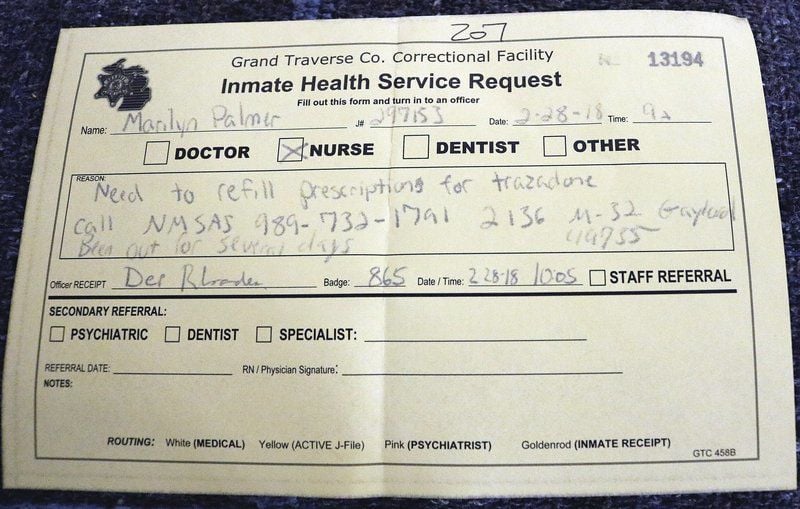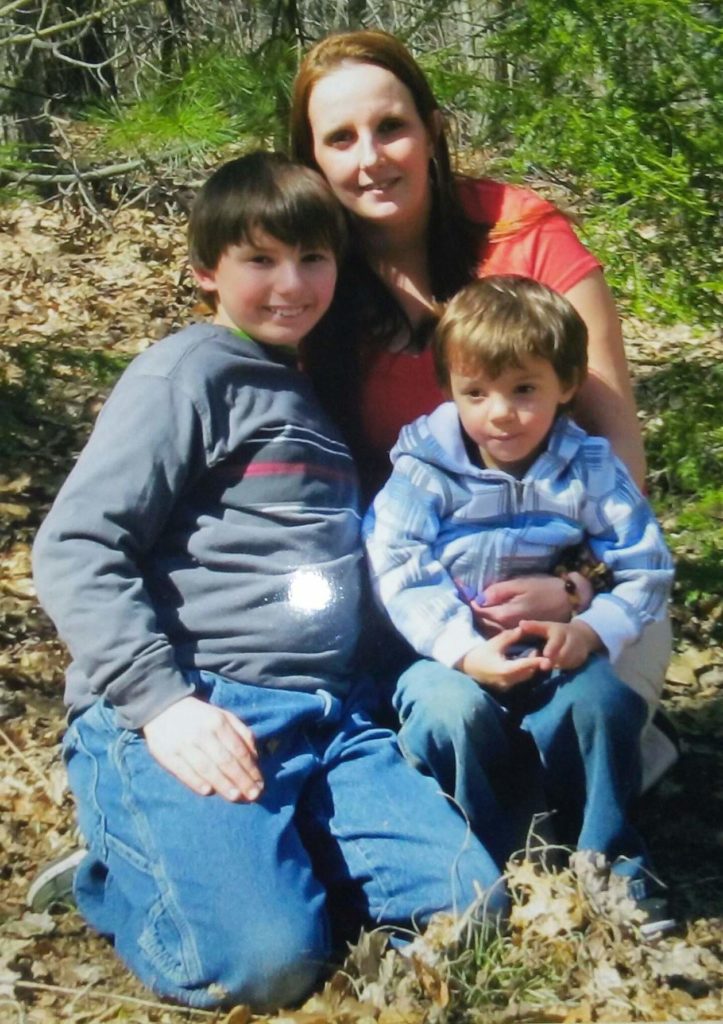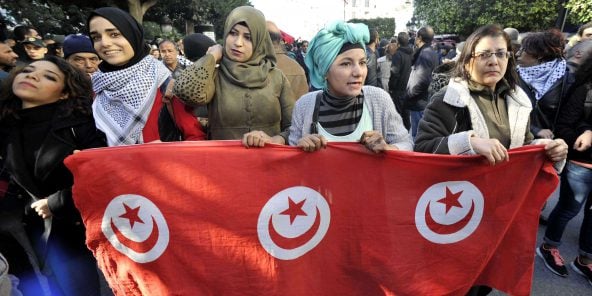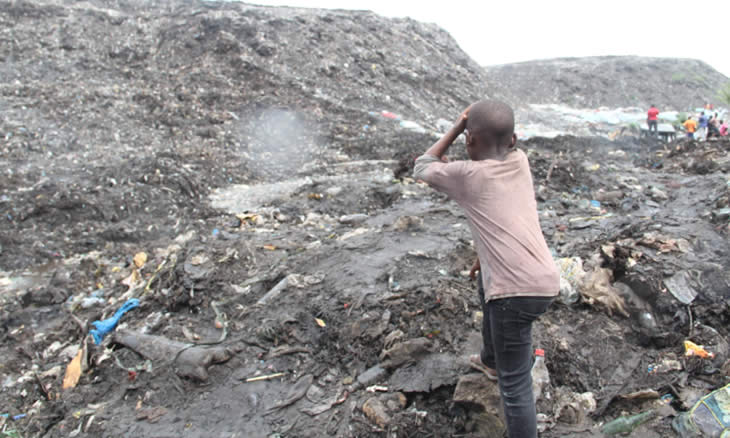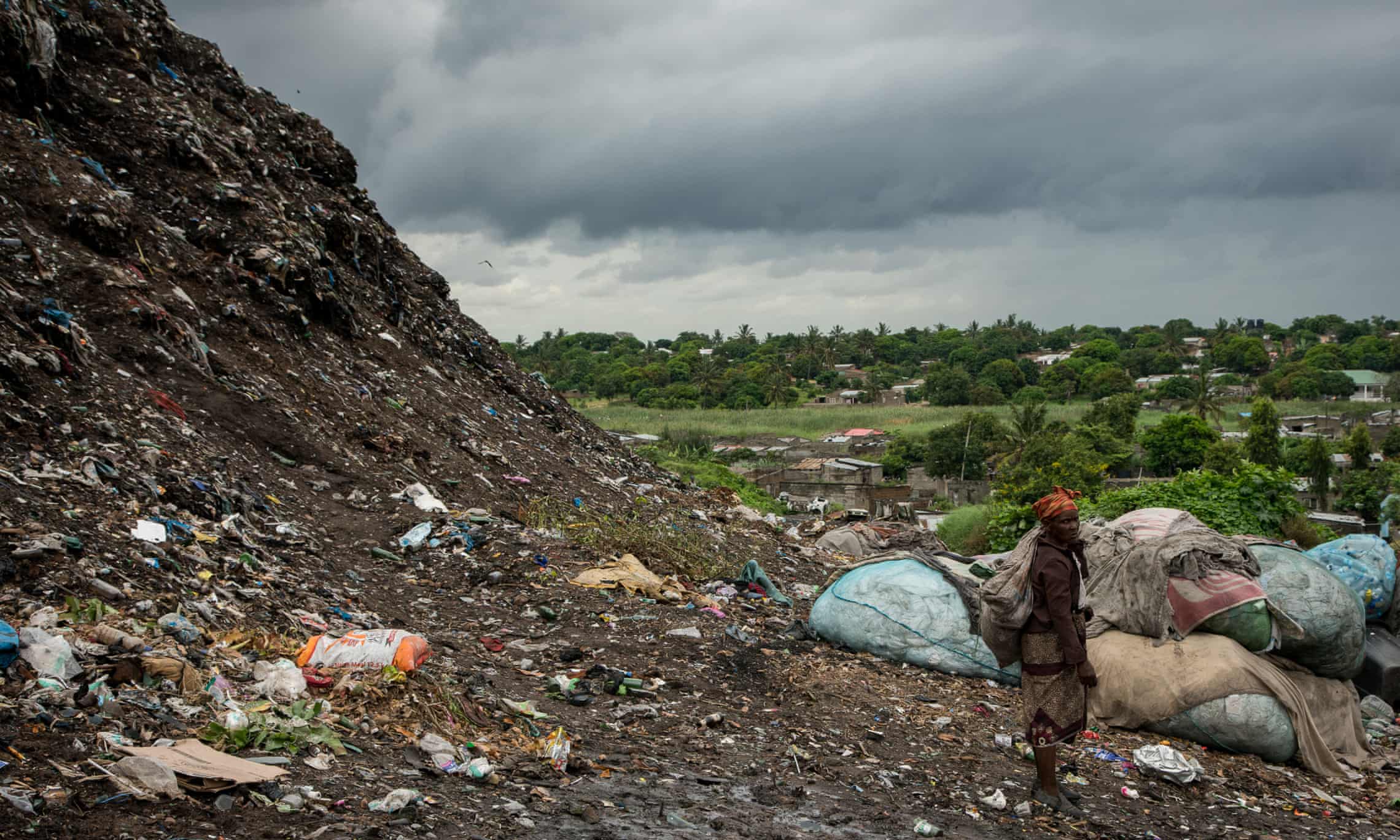
Adila Chowan
Last week, the North Gauteng High Court of South Africa handed down a decision in Adila Chowan vs. Mark Lamberti & Co. Adila Chowan sued her former employers – Associated Motor Holdings and Imperial Holdings – and her boss, Mark Lamberti, for economic loss, suffered through wrongful and intentional acts, and for injuries to her reputation and her sense of self-worth, or dignity. Adila Chowan, an Indian Muslim woman, claimed that she was bypassed for promotions, for which she was eminently qualified, in favor of white male candidates. When pressed for reasons, Mark Lamberti told Adila Chowan that she was “a female, employment equity, technically competent, they would like to keep her but if she wants to go she must go, others have left this management and done better outside the company, and that she required three to four years to develop her leadership skills.” In court, Adila Chowan explained, “Because I pride myself on the fact that I am a qualified professional chartered accountant. I had built my career. I had been a CFO. And in Mark Lamberti’s eyes I was being narrowed down because of my colour and being female.” The court agreed with Adila Chowan and found in her favor.
The Court found that Adila Chowan had struggled in a toxic work environment in which white males could reduce her, repeatedly and with impunity, to the status of racialized sexualized object. At the same time, the Court found that, when Adila Chowan filed a grievance, the process was corrupted by the involvement of precisely the supervisor she was accusing. From the smallest detail to the largest structure, everything was wrong.
In his decision, Judge Pieter Meyer noted, “The present matter, in my view, is a classroom example of an appropriate case where delictual liability should be imposed. There are ample public-policy reasons in favour of imposing liability. The constitutional rights to equality and against unfair discrimination are compelling normative considerations. There is a great public interest in ensuring that the existence of systemic discrimination and inequalities in respect of race and gender be eradicated. As blatant and patent as discrimination was in the days of apartheid, so subtle and latent does it also manifests itself today. The protection afforded to an employee, such as Ms Chowan, by the PDA [Protected Disclosures Act] against occupational detriments by her employer on account of having made a protected disclosure that was ‘likely’ to show unfair racial and gender discrimination, is one of the measures taken by the legislature to eradicate the existence of systemic discrimination and inequalities. If employers are too easily insulated from claims for harms, such as the occupational detriments to which Ms Chowan was subjected to on account of having made a protected disclosure to her employer, they would have little incentive to conduct themselves in a way that complies with the provisions of s 3 of the PDA.”
“As blatant and patent as discrimination was in the days of apartheid, so subtle and latent does it also manifests itself today.”
That “subtle and latent” discrimination doesn’t end with Court. Read the articles following the Court decision, and, with rare exception, the focus is on Mark Lamberti and whatever will he do now. One article has a photo of Adila Chowan. All the others picture Mark Lamberti. Adila Chowan has noted that Lamberti apologized to the media, never to her. In reflecting on the case, Adila Chowan said, “For me, I was trying to come out there and tell women that you can make a difference, and you can be heard and can stand up for yourself … Remember, being an Indian Muslim woman, you are seen as marginalised and [you are] basically invisible behind the scarf … This is not just in South Africa but internationally as well, where you see a differentiation between [the attitudes towards] men and women.”
Adila Chowan has waged a mighty struggle at the crossroads of racism and sexism, and she has won, and yet, somehow, even now, she must struggle, again, to have her name and her story told. Adila Chowan is the story. This is Adila Chowan’s story. Remember that.
(Photo Credit: Mail & Guardian)
